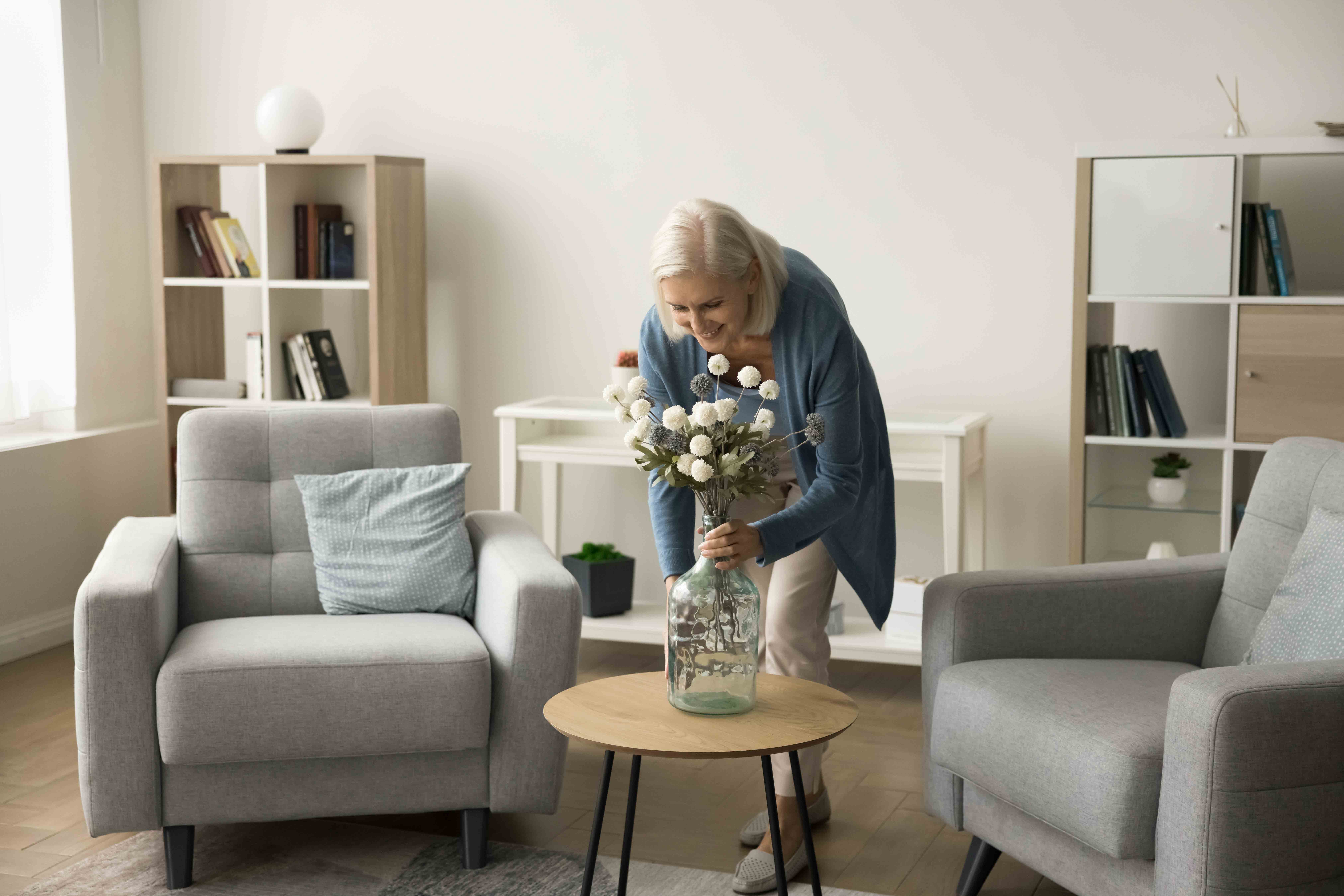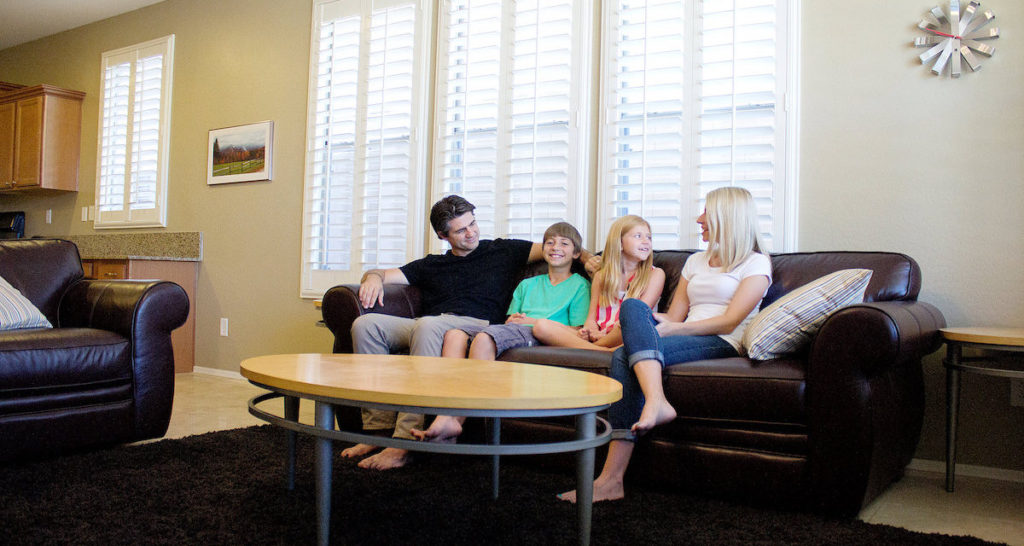Minimalism in Technique: Efficient Techniques for Creating a Balanced and Intentional Home Environment
The practice of minimalism supplies an organized technique to cultivating a home environment that reflects intentionality and balance. Integrating multi-functional furniture and routinely reflecting on possessions contributes to a room that resonates with individual values.
Understanding Minimalism
Minimalism, often misunderstood as simple simpleness or an absence of possessions, includes a profound approach that urges people to curtail their lives to what truly matters. At its core, minimalism is about intentional living, fostering a deeper connection with oneself and the surrounding atmosphere. This way of living advocates for the elimination of excess, enabling people to concentrate on crucial values, experiences, and partnerships.
The minimalist approach expands beyond physical properties; it urges individuals to examine their commitments, practices, and psychological clutter. By focusing on top quality over quantity, minimalists seek to create spaceâEUR" both actually and metaphoricallyâEUR" for what really improves their lives. This philosophy advertises mindfulness, advising individuals to participate in thoughtful decision-making regarding their time, resources, and energy.
Recognizing minimalism calls for a recognition of its transformative capacity. It is not just a pattern yet a calculated choice to embrace simpleness and clarity. Through this lens, people can cultivate a much more deliberate presence, resulting in improved wellness and complete satisfaction. Inevitably, minimalism works as a pathway to better gratification, encouraging individuals to align their lives with their core values and desires.
Decluttering Your Space
To grow a calm and orderly living space, it is vital to involve in an extensive decluttering process. Begin by assessing each area systematically, recognizing products that no longer serve an objective in your life or straighten with your values.
Tackle one location at once to stay clear of sensation bewildered. Start with smaller sized rooms, such as a cabinet or an edge of an area, and progressively progression to larger areas. As you sort through belongings, categorize items into three groups: keep, donate, and dispose of. This technique not only simplifies decision-making yet additionally streamlines the decluttering process. Minimalism.
Include a timeline for your decluttering initiatives to maintain energy. Set attainable objectives, such as committing 15 minutes everyday to the task. As soon as finished, take into consideration implementing a "one in, one out" guideline to prevent future buildup. By establishing a mindful method to your belongings, you produce a more intentional home that fosters quality and boosts your overall lifestyle. Accept the liberty that features a decluttered home, permitting a much more unified existence.
Curating Your Personal Belongings
Curating your possessions involves a intentional and thoughtful technique to what you choose to keep in your life. This process begins by reviewing each product based upon its energy, sentimental value, and aesthetic appeal. By asking important questionsâEUR" such as whether a thing serves an objective or brings you joyâEUR" you can make educated decisions about what genuinely is worthy of an area in your house.
To properly curate your possessions, take into consideration creating groups. Team items by feature, sentiment, or frequency of use, which can aid clarify their duties in your day-to-day live. This technique not only enhances the option process yet likewise fosters a much deeper recognition for the belongings you select to retain.
When you have actually identified your most valued products, concentrate on presenting them in such a way that boosts their importance. Thoughtful plan can transform everyday things right into meaningful centerpieces, adding to a serene and deliberate environment.
Ultimately, the goal of curating your items is to grow a room that mirrors your worths and lifestyle. By prioritizing high quality over quantity, you create a harmonious ambience that promotes mindfulness and well-being in your house.
Designing for Capability
Designing for performance calls for an eager understanding of just how room and things engage within your home. Each thing ought to offer an objective, enhancing not just the visual quality of the setting however additionally its use. Begin by analyzing the primary functions of each room. For instance, the kitchen area should help with cooking and meal prep work, while the living-room should promote relaxation and social interaction.

Consider the flow of motion within each area, permitting for natural changes in between areas. This can be attained with open designs or tactically placed furnishings that urges circulation.
Making use of vertical room can also enhance functionality; mount shelves or wall-mounted storage space to maintain floorings clear. Highlight the importance of illumination, as it can considerably impact exactly how practical a space feels. By prioritizing utility and simpleness, you can produce a harmonious living atmosphere that supports both day-to-day tasks and individual health.
Maintaining a Minimalist Way Of Life
Developing a functional space is just the very first step towards click reference accepting a minimal way of living; the obstacle lies in keeping that simpleness in time. To maintain a minimalist approach, routine assessment of personal belongings is essential. This involves a regular review of things to determine their requirement and utility. Taking on the "one in, one out" guideline can successfully prevent buildup; for every brand-new product presented, an existing one must be gotten rid of.
Another important facet is webpage mindfulness in intake. Being deliberate concerning purchases helps prevent impulse gets that can mess both mental and physical space. When shopping, consider whether an item includes real worth to your life or aligns with your minimalist objectives.

Lastly, produce an encouraging setting by surrounding yourself with like-minded people that value minimalism (Minimalism). Participating in conversations or joining minimalist areas can supply motivation and responsibility, ensuring that simpleness continues to be a core principle in your day-to-day live
Final Thought
Finally, the method of minimalism fosters a balanced and deliberate home setting through organized decluttering, thoughtful curation of possessions, and the prioritization of functionality in design. By taking on strategies such as the "one in, one out" regulation and engaging with encouraging neighborhoods, people can maintain a minimal lifestyle. This method not just decreases excess yet additionally improves mindfulness, inevitably adding to a more significant and deliberate living experience.
Integrating multi-functional furniture and frequently reflecting on valuables adds to a room that resonates with personal values. By establishing a conscious method to your properties, you create an even more intentional living area that promotes quality and boosts your overall high quality of life.Designing for capability requires a keen understanding of exactly how room and things connect within your home.Developing a useful room is just the very first step toward accepting a minimalist way of life; the obstacle lies in preserving that simplicity over time. Being intentional concerning acquisitions aids stay clear of impulse check my source gets that can mess both physical and psychological space.